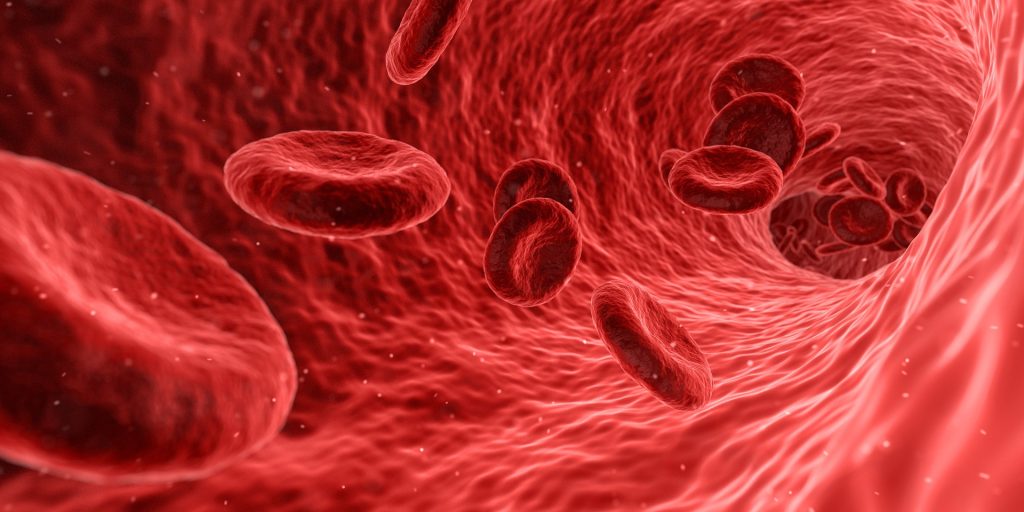
Researchers have made steps toward understanding how blood vessels change permeability, and how they might intervene to restore blood vessel integrity during sepsis, trauma or other conditions.
Sepsis occurs when a patient’s over-activated immune system harms their own tissues. As a result, blood vessels can become ‘leaky’ and can’t adequately supply major organs. The condition is notoriously difficult to treat, and there are no drugs that help stabilize the cell barrier that lines blood vessels.
A protein, HSP27, was previously found by researchers at University of California San Diego to be involved in regulating blood vessel leakage. To help break down or build up blood vessel barrier, cells add and remove chemical tags on HSP27.
The study, reported in Science Signaling, provides new potential targets for the development of drugs that shore up blood vessel barriers, preventing fluid loss.
“This new information will help us home in on the root cause of leaky blood vessels, rather than taking a broad strokes approach that may have many off-target effects,” said senior author JoAnn Trejo, Ph.D., professor of pharmacology and assistant vice chancellor of the Office of Health Sciences Faculty Affairs at UC San Diego School of Medicine.
Blood vessel barriers need to be permeable enough to allow immune cells to squeeze out to reach the site of an infection, for example, but not so much that the situation becomes life-threatening. HSP27 binds to proteins that help form the cell’s “skeleton.” Prof Trejo and colleagues suspect that’s how HSP27 affects blood vessel permeability: by reinforcing the skeleton of cells that maintain the barrier.
Prof Trejo has long studied G-protein-coupled receptors (GPCRs), proteins that are embedded in cell membranes and act as signal transducers for cells. About a third of all therapeutic drugs on the market work because they influence GPCR signals.
In their latest study, the team found that during inflammation, GPCRs tell enzymes called kinases to add chemical (phosphate) tags to HSP27. The tags perturb HSP27’s structure in a way that disrupts blood vessel barriers. When HSP27 reassembles, the barriers recover. The researchers validated their lab studies in mice, where they found that inhibiting HSP27 increases blood vessel leakage.
One problem in targeting GPCRs to treat a disease is that most act as master regulators, influencing many different cell functions. Inhibiting one GPCR may therefore have many unintended consequences. By aiming not at the master GPCR but at individual targets upon which it acts, such as HSP27, Trejo’s team is hoping to enable the development of blood vessel barrier-stabilising drugs that have greater precision and fewer side effects.
“It’s become apparent that you can develop different molecules that can bind to receptor and ‘bias’ them — make them signal in a very specific way to some pathways but not others,” Prof Trejo said. “It’s what we call biased agonism, and it’s a huge advantage for drug development. It means we can develop not just an on/off switch, but a drug that can switch a receptor ‘off’ or eight different types of ‘on.’ We want to be able to tweak which pathways are on and not touch others.”
The team plans to explore additional cell signaling pathways that helps blood vessels build resistance to injury and inflammation.
Source: UC San Diego

